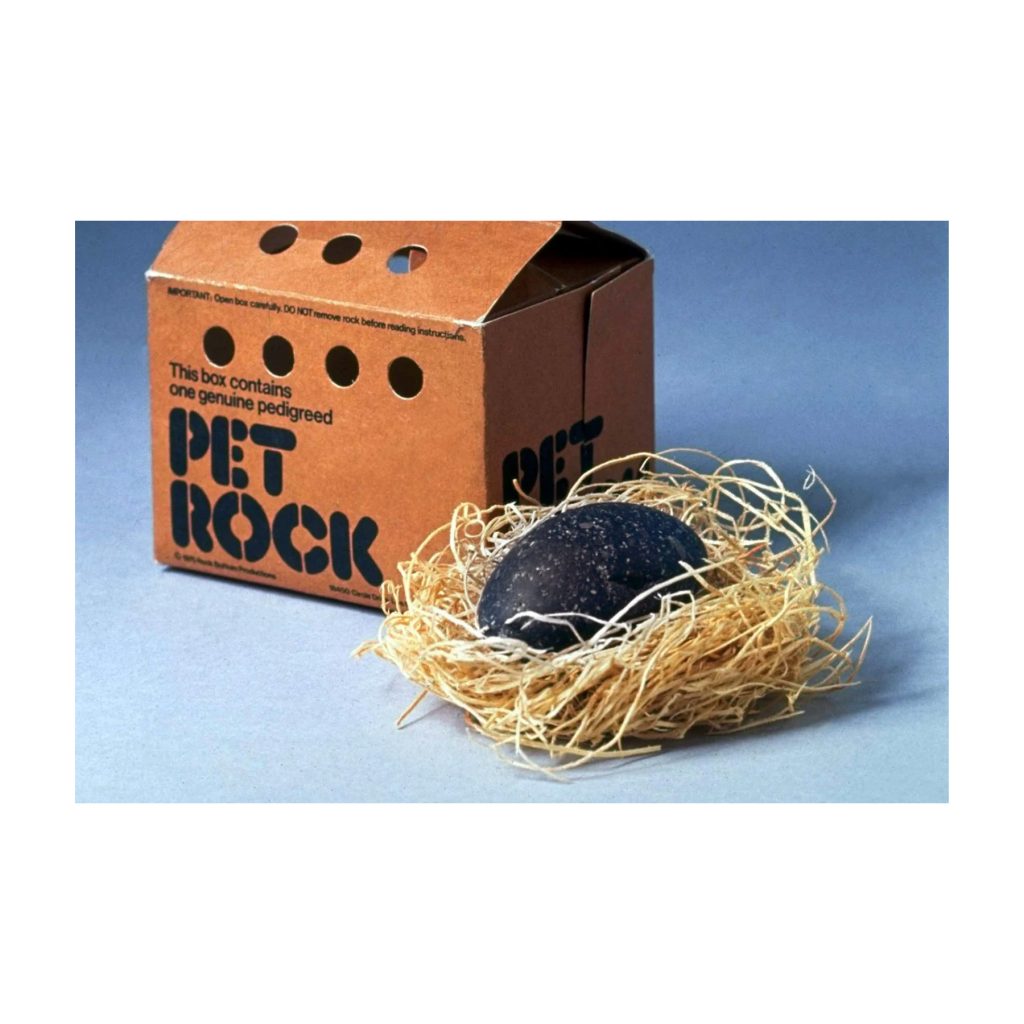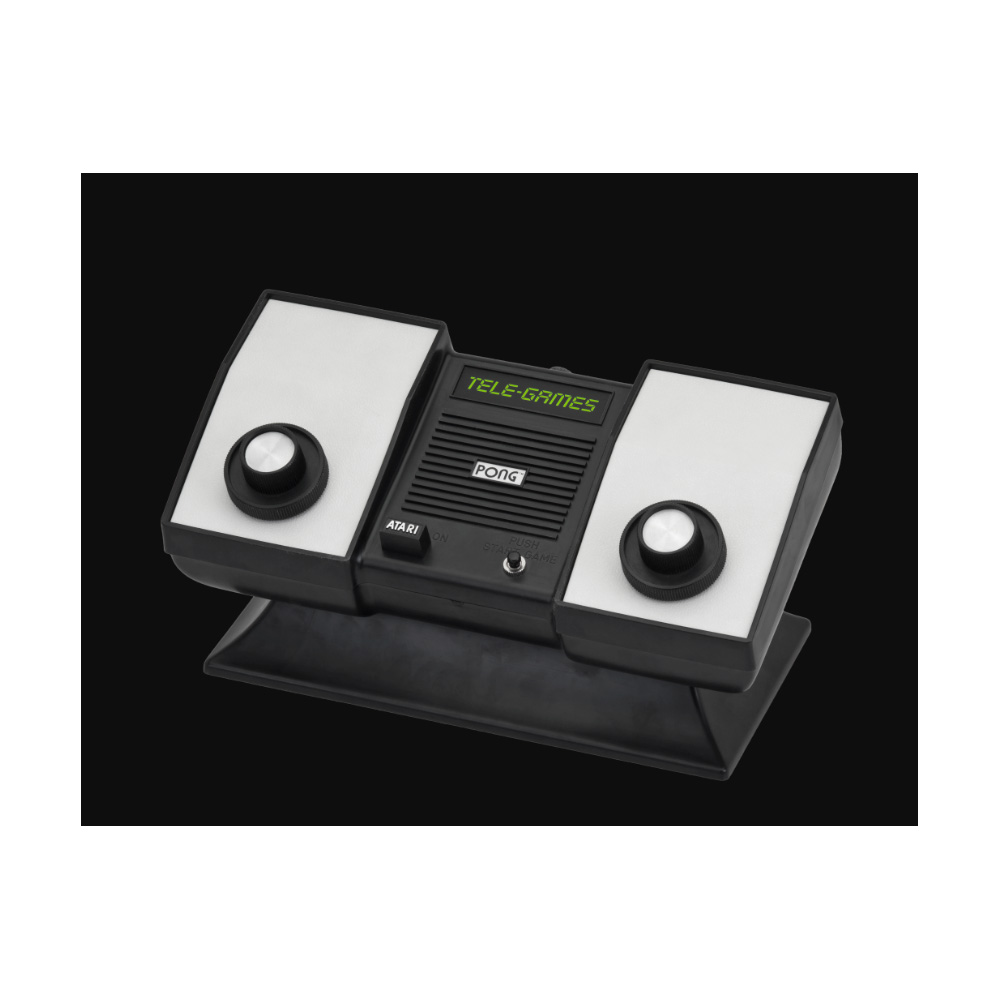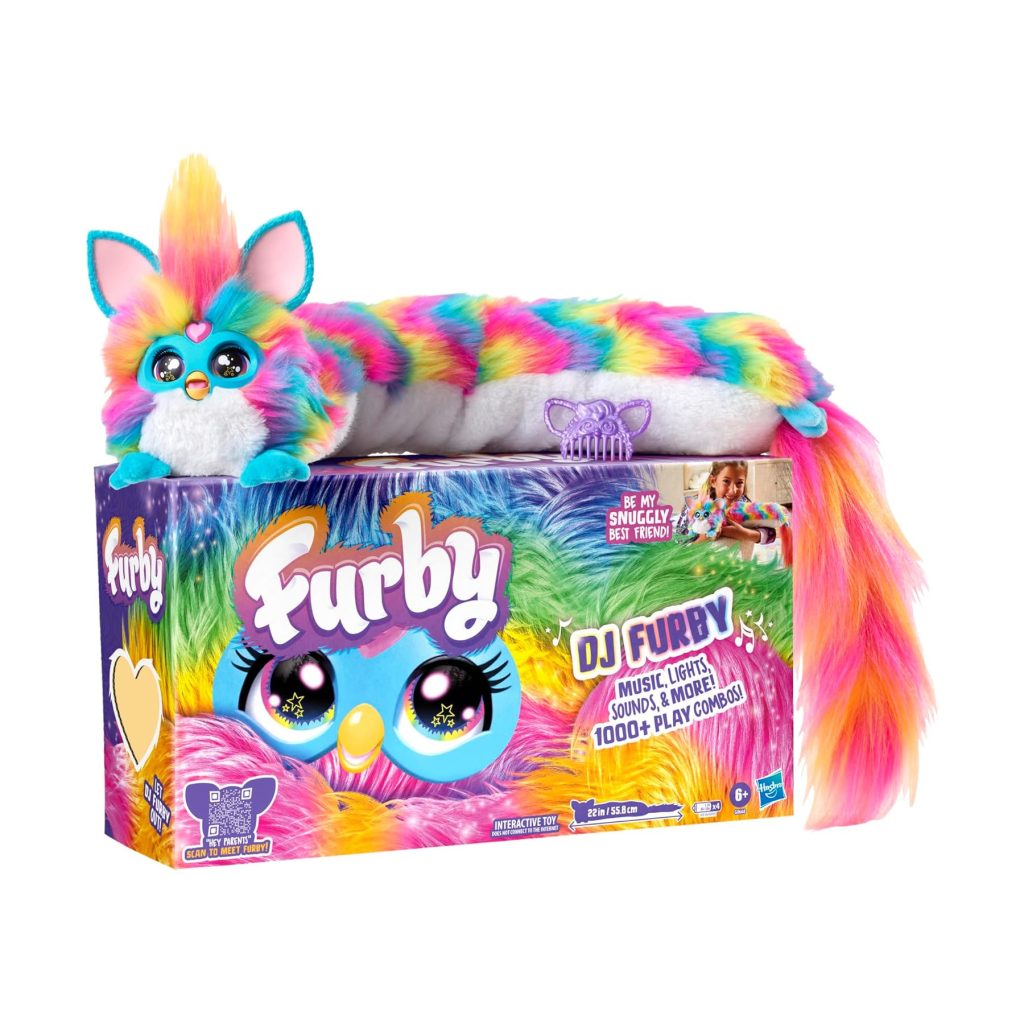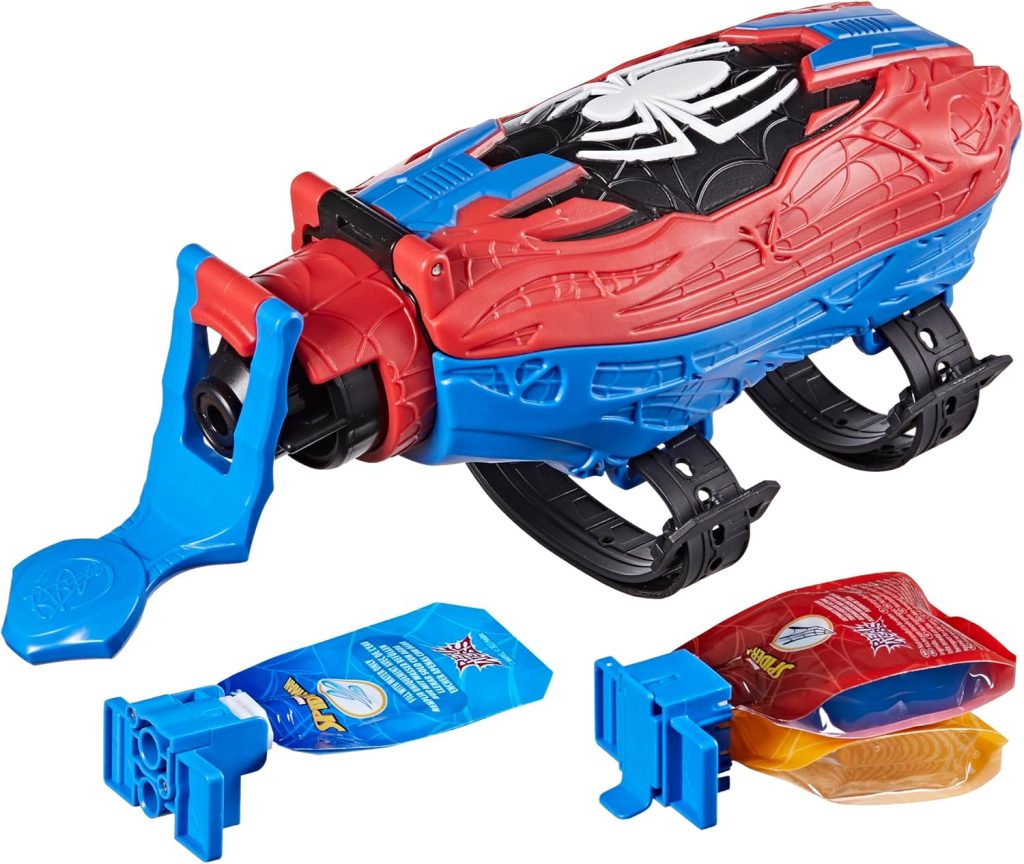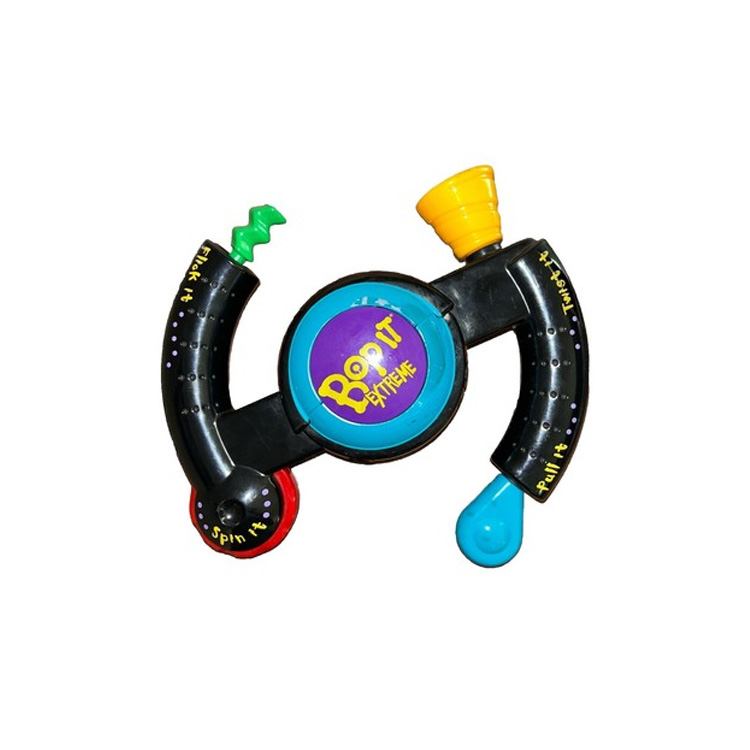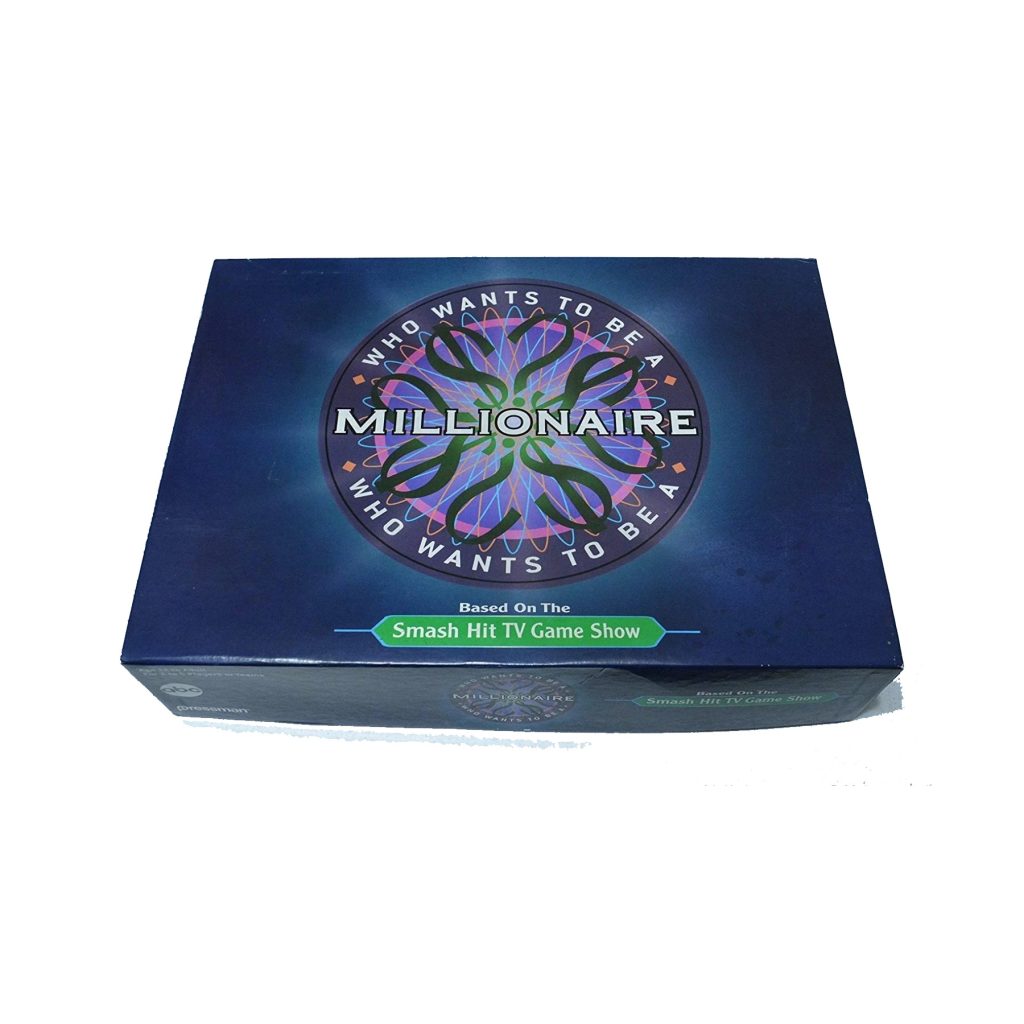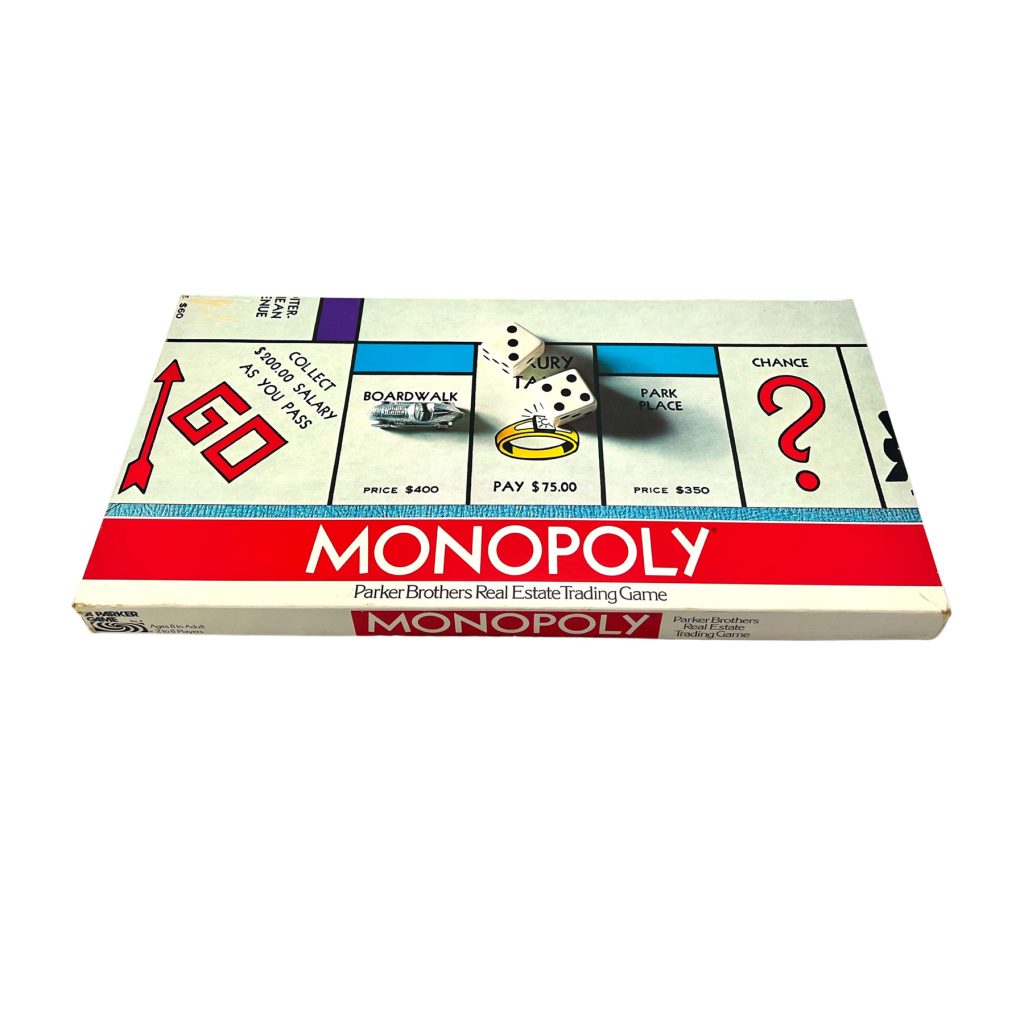
⏰ “Don’t leave it too late — some Christmas best-sellers sell out early each year.”
Monopoly Board Game Top 10 Christmas Toys 1975
Monopoly Board Game Top 10 Christmas Toys 1975
The Monopoly Board Game was already a household favourite by the time Christmas 1975 rolled around, but this year cemented its reputation as a must-have family game. Packed inside its familiar long box were the tokens, banknotes, Chance cards, and property deeds that could turn an evening into hours of wheeling, dealing, and family drama. Unlike many of the new toy crazes of the mid-seventies, Monopoly had staying power—it wasn’t just a game, it was a tradition. Families gathered around dining tables across Britain that Christmas, rolling dice and arguing over Mayfair, Park Lane, and who had slipped an extra £500 note under the board.
1975: A Year in Context
1975 in the UK was a time of economic struggle, with inflation and strikes making headlines. Perhaps that’s why Monopoly resonated so strongly—it offered a playful escape into a world where anyone could become rich with the roll of a dice. Music from Queen and David Bowie set the soundtrack of the year, while television hits like “Fawlty Towers” entertained families at home. Monopoly fitted right into this atmosphere, offering a low-tech but endlessly entertaining way to spend long evenings together.
The Enduring Power of Monopoly
First published in the 1930s, Monopoly had become a classic by the 1970s. Distributed by Waddingtons in the UK and Hasbro in later years, it was already a staple in many homes. But Christmas 1975 saw renewed interest, thanks to strong advertising, catalogue placements, and the game’s reputation for bringing families together. Its appeal spanned generations—children loved collecting properties, while parents relished the strategy and light-hearted competitiveness. Unlike toys that quickly faded from memory, Monopoly had become part of family culture itself.
Christmas Morning Play
Unwrapping Monopoly on Christmas morning was a delight for children and parents alike. Within hours, living rooms transformed into miniature property markets. Families haggled over trades, celebrated building their first hotels, and groaned when landing on an opponent’s rent-heavy squares. The sound of dice hitting the board became part of the Christmas soundtrack, accompanied by laughter, squabbles, and triumphant shouts of “Bankrupt!” For many families, Monopoly wasn’t just a game—it was the centrepiece of their holiday traditions.
Adverts and Cultural Appeal
Advertisements for Monopoly in the 1970s leaned heavily on its status as “the world’s most popular board game.” Toy shops proudly displayed it alongside other classics like Cluedo and Scrabble. In catalogues, it was presented as a game the whole family could enjoy, making it a perfect gift choice. Its reputation for long-lasting play made it particularly attractive during a time when families were seeking affordable entertainment. Monopoly wasn’t just a toy—it was an investment in hours of togetherness.
Price Then and Now
In 1975, a Monopoly Board Game typically cost around ÂŁ7.99, the equivalent of nearly ÂŁ70 today. While more expensive than many board games, it was viewed as a worthwhile purchase because of its longevity. A well-kept Monopoly set could last decades, and many families still have the very same edition that was unwrapped on a Christmas morning in the seventies. Vintage sets from Waddingtons are now sought-after collectables, treasured for their nostalgic designs and classic artwork.
Why Families Loved It
Monopoly appealed because it combined strategy, luck, and social interaction. It encouraged negotiation, risk-taking, and a bit of mischief. Children loved the thrill of owning Mayfair or bankrupting their parents, while adults appreciated its blend of chance and skill. The game also reflected real-world aspirations at a time when money worries loomed large. Owning property, collecting rent, and amassing wealth—all in play form—offered families both fantasy and fun during difficult times.
Nostalgia and Legacy
Ask anyone who played Monopoly in 1975, and they’ll remember the long games that stretched into the evening, the arguments over rules, and the joy of building hotels on prime squares. They’ll recall family feuds over unfair trades or accusations of cheating, and the laughter that always returned once the board was packed away. Today, Monopoly remains one of the world’s best-selling games, with countless special editions, but for many, nothing beats the classic set played at Christmas during the seventies (see Monopoly history).
1975 Christmas Memories
Families recall Monopoly marathons after Christmas dinner, cousins forming alliances against siblings, and parents quietly teaching children lessons about money and patience. For some, it was the game that stretched out the festive season, filling Boxing Day and New Year’s evenings with competitive fun. The memories it created became part of the family story, passed down from one generation to the next.
Conclusion
The Monopoly Board Game of 1975 was more than a gift—it was a tradition, a competition, and a bonding experience all in one. Affordable yet long-lasting, it stood out as a Christmas present that delivered endless value. If you remember playing it that year, revisit Monopoly and other favourites in our Top 10 Christmas Toys 1975 archive. See how it compares with the most popular Christmas toys of all time, and explore modern must-haves in our Top 10 Christmas Toys 2025 guide. Half a century on, Monopoly remains the board game that continues to bring families together—sometimes for hours on end!
Some links on our site are affiliate links. If you buy through them, we may earn a small commission — at no extra cost to you. 🎄
⏰ “Don’t leave it too late — some Christmas best-sellers sell out early each year.”
Available From:


